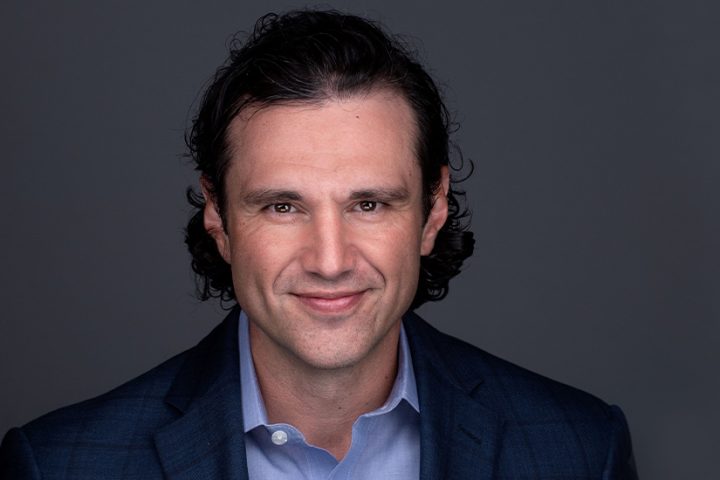The Cisco 2017 Midyear Cybersecurity Report uncovers the rapid evolution of threats and the increasing magnitude of attacks, and forecasts potential “destruction of service” attacks. These could eliminate organizations’ backups and safety nets, required to restore systems and data after an attack. Also, with the advent of the Internet of Things, key industries are bringing more operations online, increasing attack surfaces and the potential scale and impact of these threats. “While the majority of organizations took steps to improve security following a breach, businesses across industries are in a constant race against the attackers. Security effectiveness starts with closing the obvious gaps and making security a business priority,”said Steve Martino, VP and CISO, Cisco.
Measuring effectiveness of security practices in the face of these attacks is critical. Cisco tracks progress in reducing “time to detection”, the window of time between a compromise and the detection of a threat. Faster time to detection is critical to constrain attackers’ operational space and minimize damage from intrusions. Since November 2015, Cisco decreased its median time-to-detection from just over 39 hours to about 3.5 hours for the period from November 2016 to May 2017. This figure is based on opt-in telemetry gathered from Cisco security products deployed worldwide.
“To effectively reduce Time to Detection and limit the impact of an attack, the industry must move to a more integrated, architectural approach that increases visibility and manageability, empowering security teams to close gaps,” said Scott Manson, Cyber Security Leader for Middle East and Turkey, Cisco.
To combat today’s increasingly sophisticated attackers, organizations must take a proactive stance in their protection efforts. Cisco Security advises: Keeping infrastructure and applications up to date, so that attackers can’t exploit publicly known weaknesses; Battle complexity through an integrated defense; Engage executive leadership early to ensure complete understanding of risks, rewards and budgetary constraints; Establish clear metrics; Examine employee security training with role-based training versus one-size-fits-all; Balance defence with an active response. Don’t “set and forget” security controls or processes.














